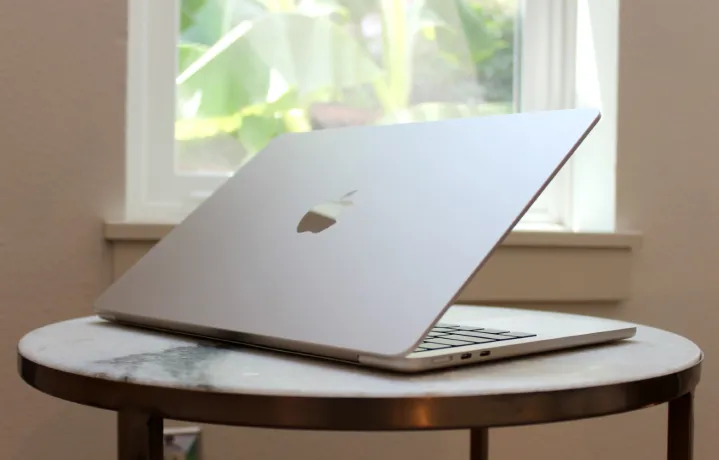Apple just released another critical security update with the zero-day fixes appearing in MacOS Monterey 12.6 and Big Sur 11.7. The vulnerability even affects the iPhone and iPad, requiring an update to iOS 15.7 and iPadOS 15.7 to protect these devices.
This is the eighth zero-day this year, putting Apple on track to beat last year’s unfortunate record of 12 zero-day flaws.

Apple’s description on the detail pages linked to from its security updates webpage cites CVE-2022-32917 for MacOS Monterey, MacOS Big Sur, iOS, and iPadOS. Another actively exploited flaw was found in MacOS Big Sur, CVE-2022-32894.
In both cases, Apple notes that the problem was resolved by improving bounds checks. When an app writes information or code to a memory address that it isn’t supposed to have access to, this is known as an out-of-bounds issue.
Since these vulnerabilities have already been taken advantage of, it’s important to update as soon as possible to protect your Mac, iPhone, and iPad from malware and hacking attempts.
Apple isn’t the only tech company having trouble with zero-day vulnerabilities. Google reported a record number of active exploits in 2021 and predicted ongoing threats in 2022.
Updating a Mac is simple. Just open System Preferences, then find and open the Software Update pane. If there are any system updates available, select the Update Now button to download and install the latest version.
If you have set MacOS to automatically download and install security updates, you might already have the latest version. If you have any questions or need more help, check our full guide to updating your Mac.
To check which version of MacOS you have, choose About This Mac from the Apple menu and the operating system version number will appear near the top of the window that opens. If you see MacOS Monterey 12.6 or MacOS Big Sur 11.7, your Mac is already protected from the latest zero-day exploits.
It’s just as easy to update an iPhone or iPad by using the Settings app.



